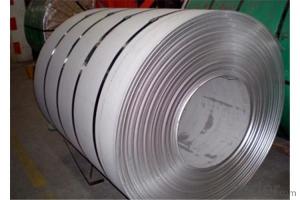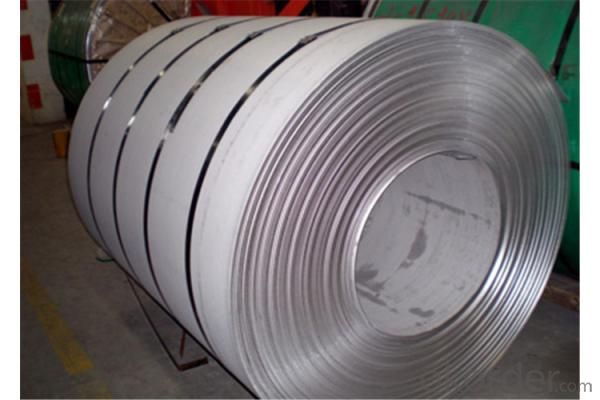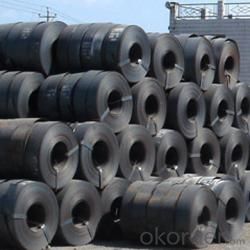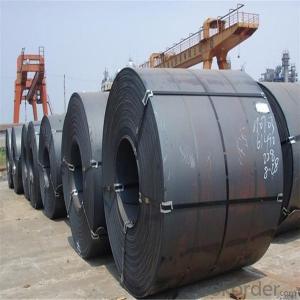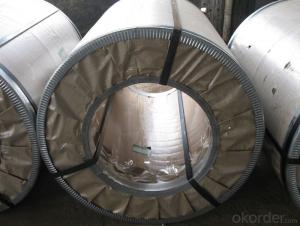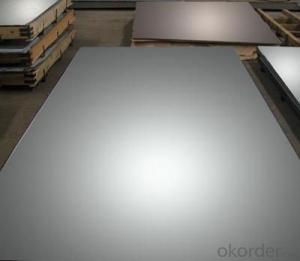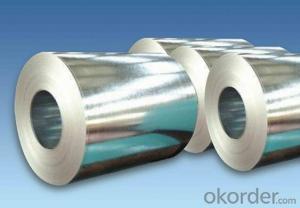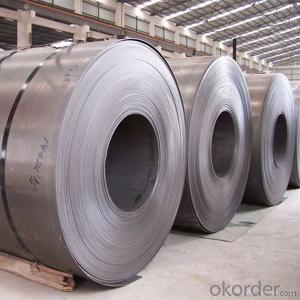hot rolled steel coil carbon steel coil with competetive price
- Loading Port:
- Tianjin
- Payment Terms:
- TT OR LC
- Min Order Qty:
- 500 m.t.
- Supply Capability:
- 10000 m.t./month
OKorder Service Pledge
OKorder Financial Service
You Might Also Like
Quick Details
Standard: GB, JIS
Grade: SS400/Q235B
Thickness: 0.5-8
Place of Origin: Hebei, China (Mainland)
- Type: Steel Coil
Technique: Hot Rolled
Surface Treatment: Other
Application: Flange Plate
Width: 1250-2500
Length: 2M-6M
Steel Grade: SS400
Packaging & Delivery
| Packaging Details: | as customs require, or in bundles |
|---|---|
| Delivery Detail: | 25 days after receiving the deposit |
Specifications
Material: SS400
Thickness: 2.0-12mm
Length: 2438, 6000, 9000mm or as required.
SS400 11.5*1500
SS400 11.5*2000
SS400 2.0*1500
SS400 2.3*1500
SS400 2.5*1500
SS400 2.5*1800
SS400 2.75*1500
SS400 3.0*1500
SS400 3.5*1500
SS400 3.75*1500
SS400 4.0*1500
SS400 4.3*1500
SS400 4.5*1500
SS400 4.7*1500
SS400 4.75*1500
SS400 5.5*1500
SS400 5.7*1500
SS400 5.75*1500
SS400 5.8*1500
SS400 7.3*1500
SS400 7.5*1500
SS400 7.75*1500
SS400 7.75*2000
SS400 9.3*1500
SS400 9.75*1500
SS400 9.75*2000
- Q: How are steel coils used in the production of oil and gas machinery?
- Steel coils are used in the production of oil and gas machinery as they provide essential structural support and reinforcement. These coils are typically formed into various components such as pipes, tubes, and casings, which are crucial for drilling, extraction, and transportation processes in the oil and gas industry. The strength and durability of steel coils ensure the reliability and longevity of the machinery, allowing for efficient and safe operations in the oil and gas sector.
- Q: Where can I find a discount online for Stainless Steel Magnetic Knife Rack
- Hi okorder /
- Q: How are steel coils used in the production of metal fencing?
- Steel coils are used in the production of metal fencing by being unrolled, cut, and shaped into various fencing components such as posts, rails, and pickets. These coils provide a consistent and high-quality source of steel, ensuring durability and strength in the final fencing product.
- Q: How are steel coils used in the production of furniture?
- Steel coils are used in the production of furniture as a key component for creating sturdy and durable frames. These coils are typically used in the construction of sofas, chairs, and other seating furniture to provide structural support and ensure long-lasting quality.
- Q: How are steel coils used in the production of metal cabinets?
- Steel coils are an essential component in the production of metal cabinets. These coils are made from thin sheets of steel that have been wound into a tightly coiled shape. The first step in using steel coils for metal cabinet production is uncoiling them. This is done by unwinding the coil and feeding the steel sheet into a machine that cuts it to the desired length. The length of the sheet will depend on the size and dimensions of the metal cabinet being produced. Once the steel sheet has been cut, it undergoes a process called blanking. This involves cutting out the various panels and parts needed for the metal cabinet, such as the sides, top, bottom, and doors. The blanking process is typically done using a stamping press or a laser cutting machine, which ensures precision and accuracy in shaping the steel sheet. After the blanking process, the individual panels are then formed and shaped using a series of bending and forming machines. These machines apply pressure and force to the steel panels, bending them into the desired shape and creating the necessary angles and curves required for the metal cabinet design. Once the panels have been formed, they are usually joined together using welding or fastening techniques. Welding involves fusing the edges of the steel panels together using heat, while fastening techniques may involve using screws, bolts, or rivets to secure the panels in place. Overall, steel coils play a crucial role in the production of metal cabinets as they provide the raw material from which the individual panels are made. The use of steel coils allows for greater flexibility and efficiency in manufacturing metal cabinets, as it enables mass production and customization of cabinet designs.
- Q: How are steel coils used in the manufacturing of conveyor belts?
- Steel coils are used in the manufacturing of conveyor belts as they provide the necessary strength and durability required for transporting heavy loads. The steel coils are processed and shaped into strong, flat strips that are then woven or bonded onto the belt's surface, enhancing its strength and resistance to wear and tear. This ensures that the conveyor belt can efficiently and reliably carry materials across various industries, including mining, logistics, and manufacturing.
- Q: How do steel coils contribute to energy savings in buildings?
- Steel coils contribute to energy savings in buildings through their use in HVAC systems. These coils are commonly used in air conditioning units and heat pumps, where they help transfer heat between the indoor and outdoor environments. By efficiently absorbing and dissipating heat, steel coils enable HVAC systems to regulate the temperature inside the building more effectively, reducing energy consumption and costs. Additionally, the durability and long lifespan of steel coils minimize the need for frequent replacements, further contributing to energy savings in the long term.
- Q: Where can I find a great deal online for Danesco Stainless Steel Egg Poacher
- Shopping details: Danesco Stainless Steel Egg Poacher $34.99 Availability: Usually ships in 24 hours This item is available online, but is not available in stores. Prices, promotions, styles and availability may vary by store and online. Description/Features: Always Have the Right Tool for the Job with this Egg Cup by Danesco Made of Stainless Steel Easy to Clean Dimensions: 15.0 X 3.5 X 9.0 Estimated Ship Dimensions : 9 inches length x 15.5 inches width x 2.5 inches height Estimated Ship Weight: 2.40 pounds. We regret that this item cannot be shipped to PO Boxes.
- Q: what is the porpose of preheating mild steel prior to welding
- :you could attempt welding with whats pronounced as a filler rod. you could weld with the a million/8 rod interior the welder stinger and by conserving the a million/sixteen rod in the different hand, upload it as you weld.
- Q: Do you know of any movies that featured the steel drum?
- You okorder /.. If I can find any clips, I'll add them, but I'm sure that many movies in the proper settings (Trinidad, etc.) would have such music and/or show a group or at least a single performer. For example, Cool Running could be a possibility.
Send your message to us
hot rolled steel coil carbon steel coil with competetive price
- Loading Port:
- Tianjin
- Payment Terms:
- TT OR LC
- Min Order Qty:
- 500 m.t.
- Supply Capability:
- 10000 m.t./month
OKorder Service Pledge
OKorder Financial Service
Similar products
Hot products
Hot Searches
Related keywords
